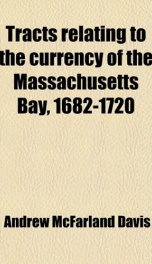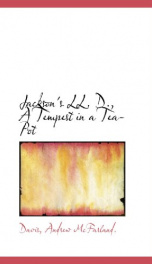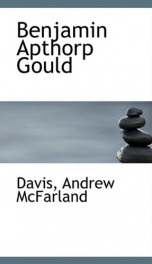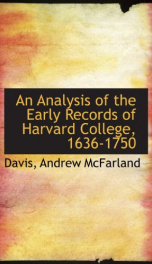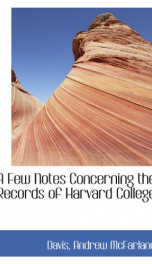the confiscation of john chandlers estate
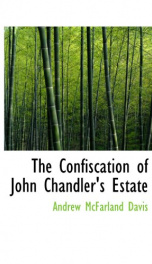
Purchase of this book includes free trial access to www.million-books.com where you can read more than a million books for free. This is an OCR edition with typos. Excerpt from book: CHAPTER IV THE VALUE OF THE ESTATE Among the papers in the probate files are two appraisals of the real estate made at different times. Under the instructions given to the appraisers, these returns were made in " lawful money." The second of these appraisals is more than double the first, a condition of affairs which compels investigation as to its meaning. As if to help us, a third valuation of the real estate, at a still earlier date, is to be found in the London transcripts. This was made in sterling by Chandler himself, and was corroborated by the affidavits of several persons familiar with the value of the different parcels of land mentioned in the schedule. By the term " lawful money," the currency in use in New England was meant, the par value of which was six shillings to the Spanish dollar, or piece of eight, of seventeen pennyweight. In order to compare Chandler's valuations with those of the local appraisers, one must add thirty-three and one third per cent., the Spanish dollar being rated at 4s. 6d. in sterling, about that time. We can easily identify the farms, wood-lots, and pastures in the several inventories, and if we place them side by side, and convert Chandler's values into " lawfulmoney," we shall have three appraisals of the real estate, all nominally in money of the same standard: one by Chandler giving the values in 1774; one by local appraisers in 1778; and the third also by local appraisers in 1779.1 The differences of the appraisals will be better appreciated if presented in tabular form, and in order that we may condense the table, it will be well to dispense with shillings and pence and take the nearest pound. Chandler's Schedule.Appraisers' Valuation.Acres from Chandler.Property!1774.1774.1778.1779. Sterling.Lawful Money.Lawful Money.Lawfu... --This text refers to an alternate Paperback edition.
Info about the book
Author:
Series:
Unknown
ISBN:
1112124616
Rating:
4/5 (1)Your rating:
0/5
Languge:
English
Users who have this book
Users who want this book
What readers are saying
What do you think? Write your own comment on this book!
write a commentif you like the confiscation of john chandlers estate try:
Do you want to exchange books? It’s EASY!
Get registered and find other users who want to give their favourite books to good hands!
